What Are the UN’s Humanitarian Agencies?
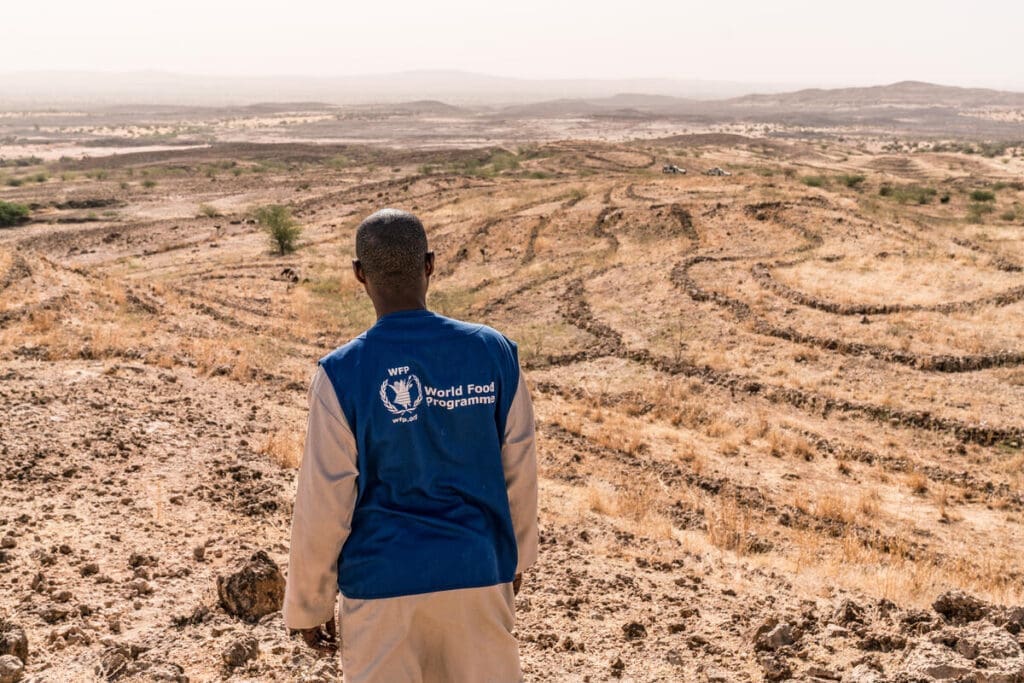
The United Nations (U.N.) is an expansive network of funds, programs and specialized agencies – each of which has their own scope of work and leadership. From healthcare and agriculture to gender equality and displacement, it can be confusing to understand what each agency does and the type of assistance it provides. We’ll explain:
- which U.N. agencies are present during humanitarian emergencies
- how they are part of the U.N. system
- how they work with each other to provide urgently needed relief
One thing is true for all of them: They provide humanitarian assistance which includes bringing food, clean water, medicine and shelter to communities affected by a crisis.
The United Nations World Food Programme (WFP)
The U.N. World Food Programme was created in 1961 as an experiment to provide food aid through the U.N. system. Today it’s the largest hunger-fighting agency in the world, providing food assistance to more than 100 million people in over 120 countries and territories.
Logistics is at the core of any emergency humanitarian response. Given the U.N. World Food Programme’s expansive global logistics capacity and expertise, the organization oversees the delivery of aid for the entire humanitarian community – including the U.N. system – during times of crisis.
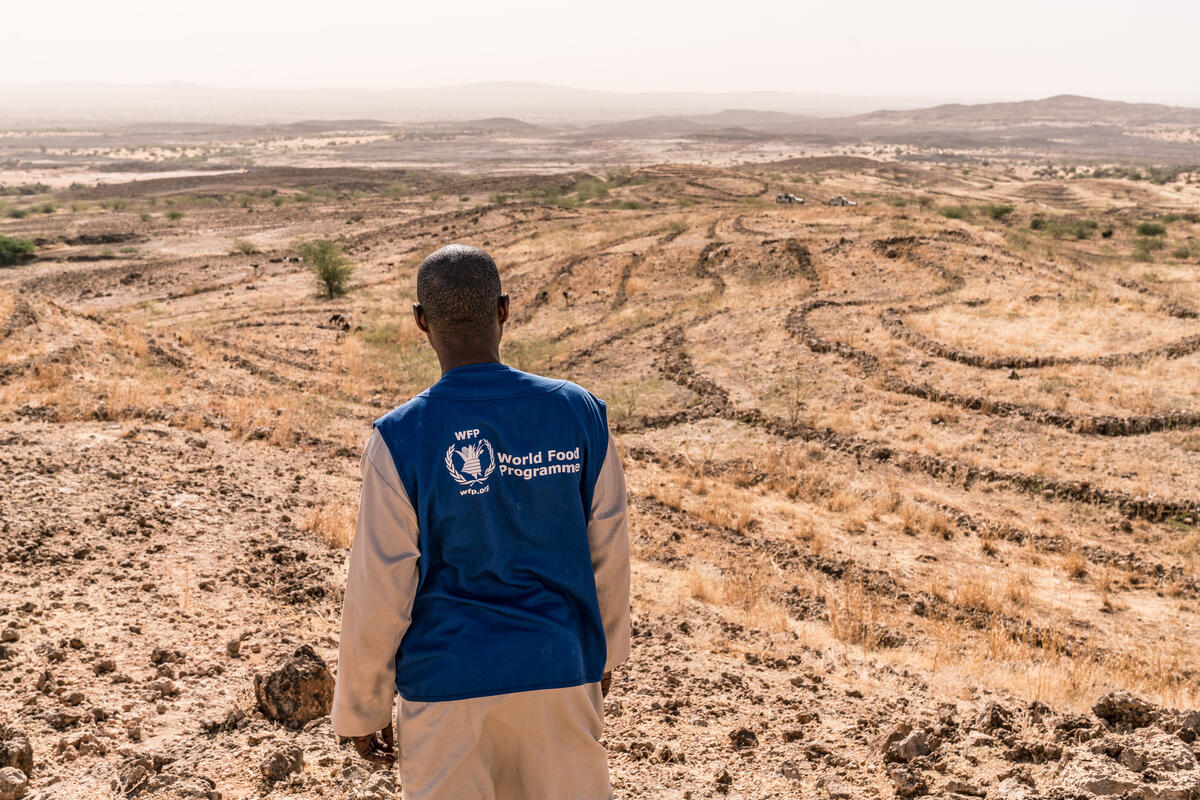
For over 60 years, WFP has worked on the frontlines of the worst hunger crises – doing whatever it takes to deliver food.
Here’s a closer look at how the U.N. World Food Programme serves its beneficiaries:
- The U.N. World Food Programme is the world’s largest provider of school meals. In 2021, the agency reached over 15 million children with school meals, snacks and take-home rations.
- Through malnutrition prevention and treatment programs, the U.N. World Food Programme provides lifesaving support to over 23 million women and young children each year. In close coordination with UNICEF, the U.N. World Food Programme addresses moderate acute malnutrition in children.*
- The U.N. World Food Programme is the world’s largest provider of humanitarian cash, empowering more than 40 million people across 70 countries with the freedom and flexibility to buy the food they need.
The United Nations Children’s Fund (UNICEF)
UNICEF protects the rights of children, which it defines as anyone under 19 years of age. The organization works in more than 190 countries and territories to help the world’s most disadvantaged children reach their full potential.
UNICEF’s focus areas include:
- child health and nutrition
- safe water and reliable sanitation
- education and skills building in adolescence
- HIV prevention and treatment for mothers and babies
- the protection of children from violence and exploitation
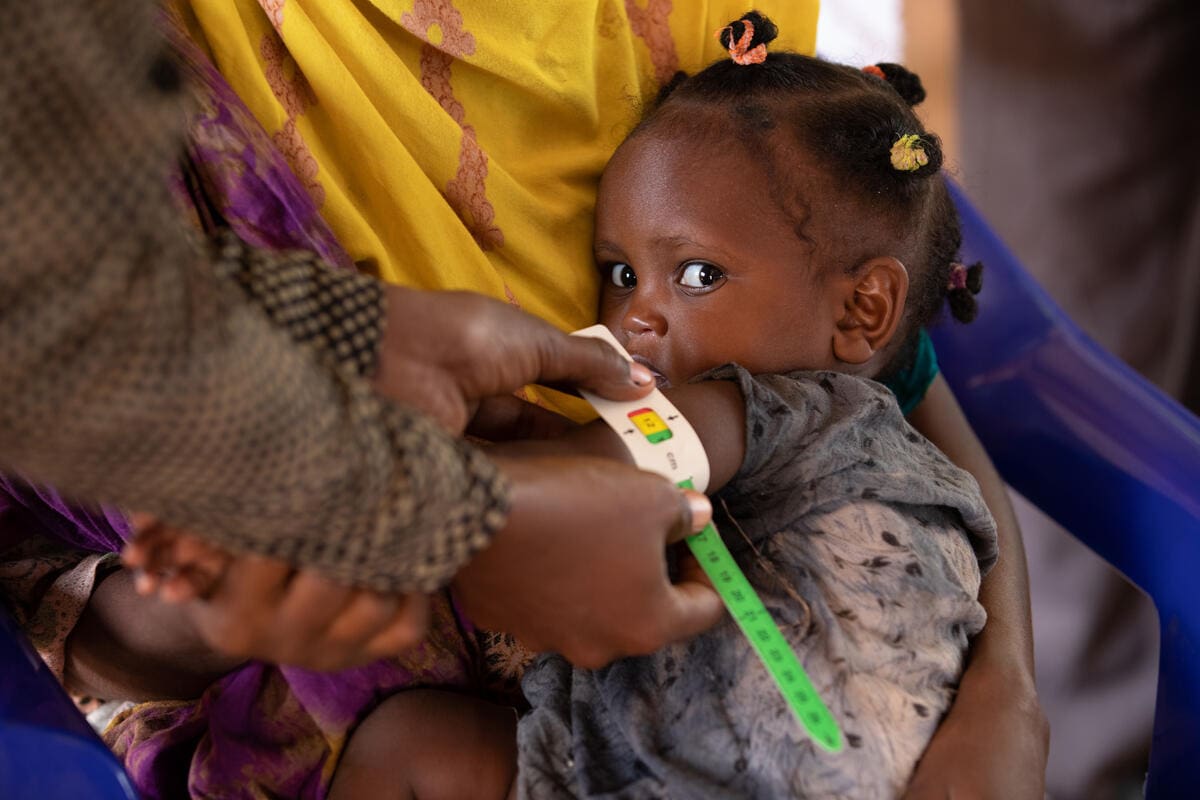
In close coordination with UNICEF, WFP addresses moderate acute malnutrition in children.
UNICEF is also the world’s largest provider of vaccines. In close coordination with the U.N. World Food Programme, UNICEF addresses severe acute malnutrition in children.*
The United Nations High Commissioner for Refugees (UNHCR)
In 1950, during the aftermath of World War II, UNHCR was established to help the millions of Europeans who had been displaced from their homes by the conflict. Since its founding, the organization has helped over 50 million refugees successfully restart their lives.
UNHCR works in 137 countries to protect the rights and well-being of those who have been forced to flee their homes. They provide clean water, sanitation, healthcare, shelter, blankets, transportation support and access to education for people who have been displaced, returned home or resettled elsewhere.
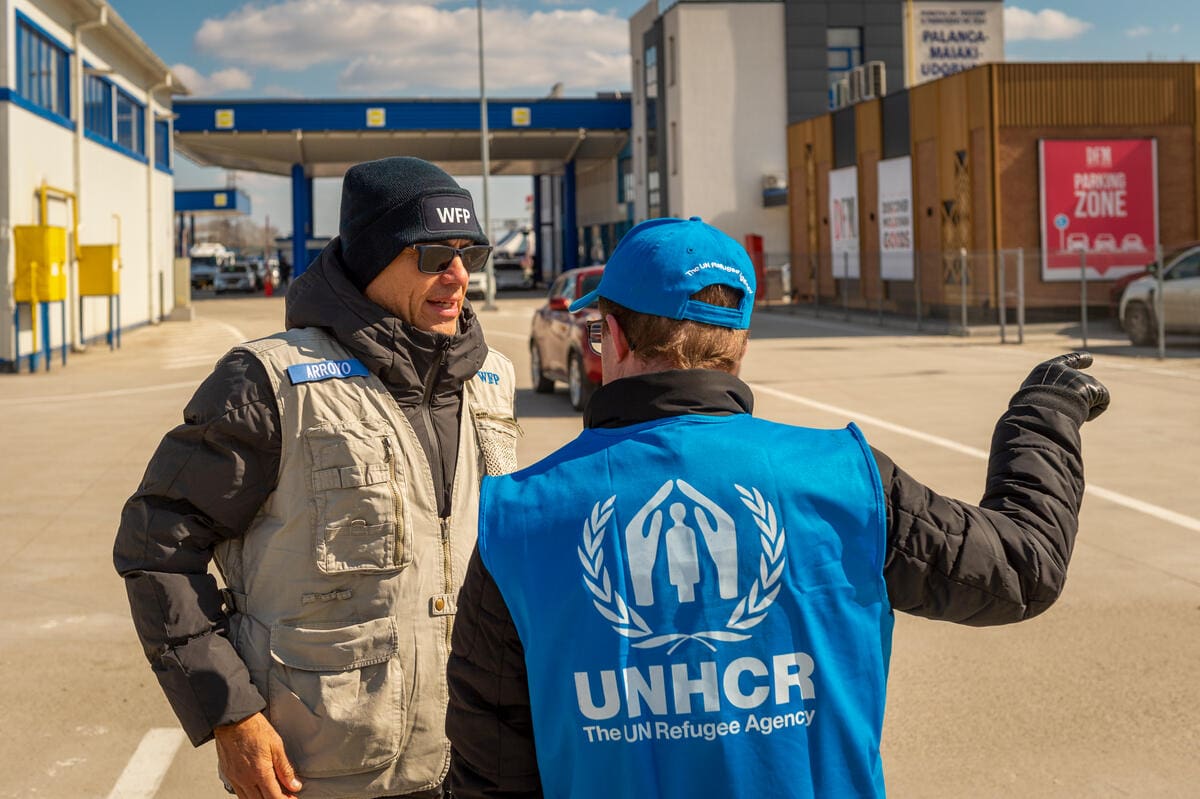
UNHCR and WFP are on the ground inside and outside Ukraine, helping those affected by the conflict.
UNHCR and the U.N. World Food Programme work together during emergencies and longer-term relief projects to bring food to displaced persons, especially groups at higher risk of hunger like women and children. The U.N. World Food Programme provides food assistance for refugee populations of 5,000 or larger. For smaller populations, where the local government cannot meet the need, UNHCR steps in.
The World Health Organization (WHO)
Since their establishment in 1948, WHO has championed global efforts to ensure better health for all people. The U.N. specialized agency focuses on protecting people from health emergencies, expanding universal health coverage and promoting better health.
WHO has a network of 194 countries and is on the ground in over 150 locations. The organization’s central effort is the promotion of universal healthcare coverage, founded on their conviction that healthcare is a human right.
WHO plays a critical role in helping countries respond to and recover from health emergencies like COVID-19. Around the world, the agency works to research, prevent and manage epidemic and pandemic-prone diseases. In some conflict zones and humanitarian emergencies, WHO may act as a healthcare provider of last resort.
The United Nations Development Programme (UNDP)
UNDP helps countries eliminate poverty, reduce inequality and achieve sustainable economic growth. The program has operations in more than 170 countries and territories to connect governments to the resources they need to help people build a better life.
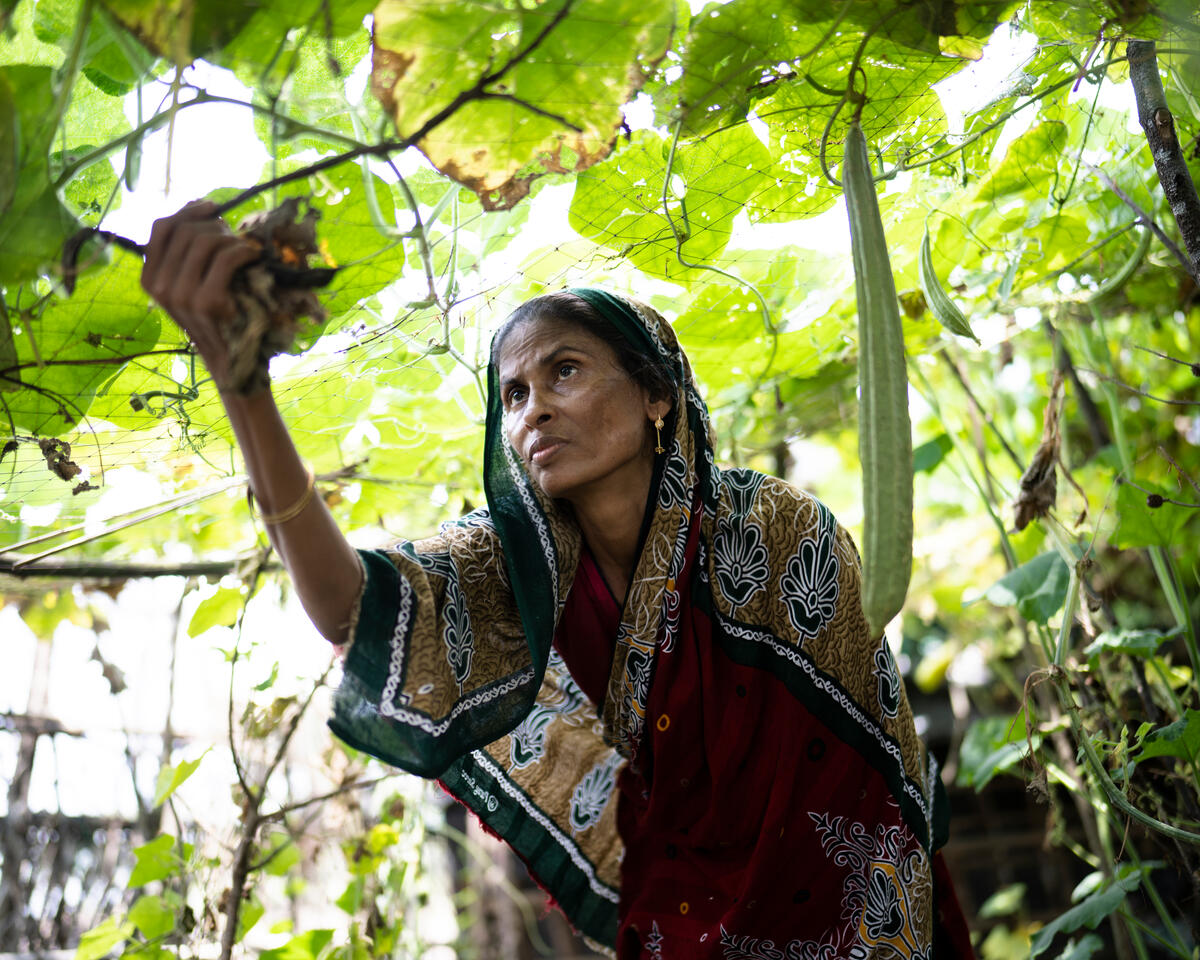
UNDP works to eradicate poverty and reduce inequalities through sustainable development.
In close partnership with other programs and agencies within the U.N. system, UNDP is striving towards these goals:
- To help 100 million people escape poverty
- To provide 500 million people with access to clean energy
- To help 800 million people participate in elections
- To secure over $1 trillion dollars of public expenditure and private investment the Sustainable Development Goals (SDGs)
The Food and Agriculture Organization (FAO)
FAO is the lead agency for defeating hunger specifically by improving agricultural, forestry and fishing practices. The agency’s work consists of conducting research, making policy recommendations and providing technical assistance to combat global hunger and promote rural development.
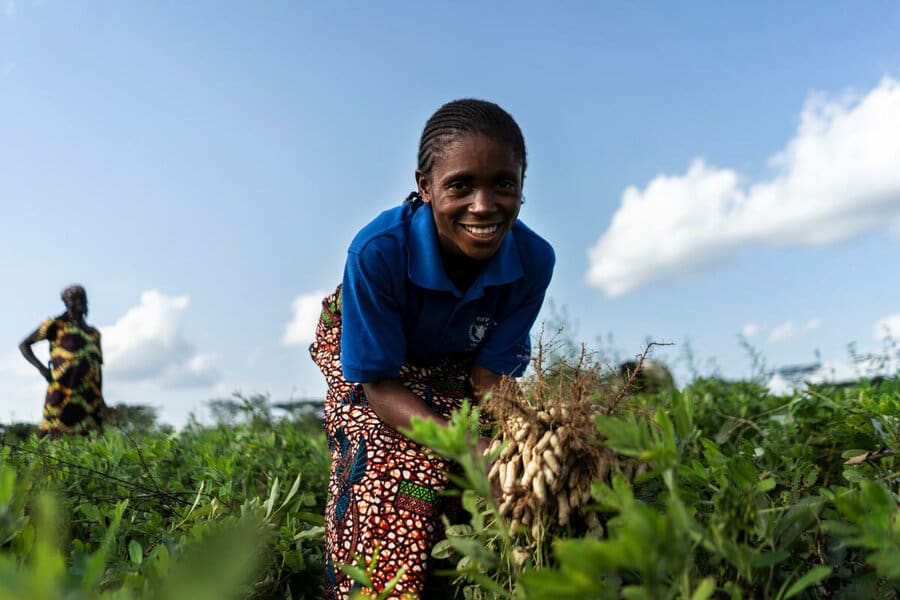
In 2021, WFP and FAO teamed up for a resilience-building project in the Democratic Republic of Congo (DRC). Beneficiaries like Rebecca received agricultural training, tools and seeds to boost their access to food.
The U.N. World Food Programme and FAO are close partners and share the common goal of building food security through the alleviation of poverty and elimination of the root causes of hunger. Their work to meet that goal is distinct: The U.N. World Food Programme delivers lifesaving food assistance while FAO fosters sustainable food systems that improve nutrition and food security.
Every four months, FAO and the U.N. World Food Programme release a joint report titled Hunger Hotspots: Early Warnings on Acute Food Insecurity. The report identifies locations or “hotspots” where a rise in severe hunger is likely within the next four months. It also details the leading drivers of hunger and provides country-specific recommendations.
UN Women
UN Women is the U.N. agency dedicated to gender equality and women’s empowerment. Composed of 45 member states, the agency establishes global standards of gender equality and works with governments, NGOs and communities to ensure these standards are implemented and beneficial to girls and women worldwide.
UN Women’s priorities include:
- Women lead, participate and benefit from governance systems
- Women are economically independent and have secure incomes
- Women are free from all forms of violence
- Women contribute to building sustainable and peaceful communities
The Office for the Coordination of Humanitarian Affairs (OCHA)
OCHA was established in 1991 to strengthen international responses to emergencies and natural disasters. Working through their 30 country offices, the organization is responsible for mobilizing and conducting an effective humanitarian response to emergencies through logistics coordination, advocacy, policy, information management and humanitarian financing.
~
Each U.N. agency has a specific purpose and specialized roles. During emergencies, many come together and collaborate to provide comprehensive humanitarian assistance – including the U.N. World Food Programme, which delivers lifesaving food for people facing extreme levels of hunger.
Learn more about the programs we operate to provide humanitarian assistance.
*Moderate acute malnutrition (MAM) and severe acute malnutrition (SAM) are determined by calculating a child’s weight-to-height ratio, which is called a “z score,” or by measuring the circumference of their upper arm. Children with z scores between -2 and -3 or with an arm circumference greater than 110mm have MAM. Children with z scores less than 3 or with an arm circumference less than 110mm have SAM.




